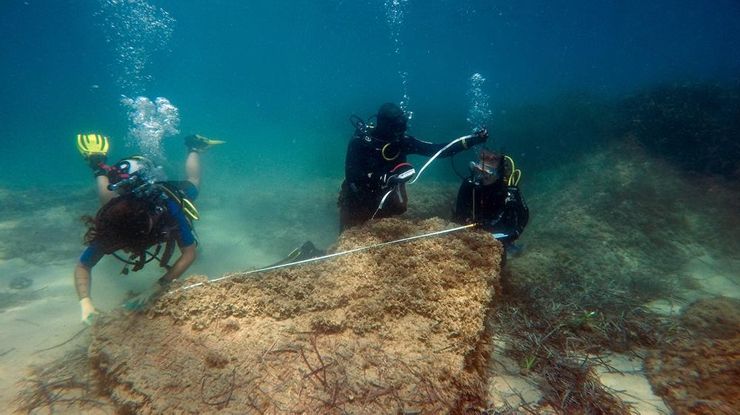A Lost Roman City Has Been Found 1,700 Years After a Tsunami Sank It
After several years of archaeological discovery in quest of the ancient city of Neapolis, a vast 1,700-year-old Roman settlement has been found off the coast of Tunisia.
As mentioned by a Roman soldier and historian, Ammien Marcellin, Neapolis is believed to have been drowned after a tsunami in the 4th century AD destroyed much of it. Alexandria in modern Egypt and the Greek island of Crete were both severely affected by the natural catastrophe.
Very little has been recorded about the city because the citizens of Neapolis sided with Carthage rather than Rome during the Third Punic War in 149–146 BC, which ultimately destroyed the rival civilisation and brought its territory under Roman control.

There are so few references to Neapolis over an extended period of Roman literature it is thought the city was punished for its allegiances.
A joint Tunisian-Italian archaeological mission has been looking for evidence of Neapolis since 2010. Their work was finally rewarded after good weather conditions this summer allowed divers in Nabeul to glimpse the more than 20 hectares site for the first time in centuries.
“It’s a major discovery,” the mission’s leader Mounir Fantar told AFP, which confirms Marcellin’s theory about the city’s fate.
Ancient Roman estate found in Jerusalem
The team not only found streets and monuments showing the city’s sophistication and wealth but 100 tanks which were used to make garum, a fish-based fermented condiment which was a delicacy in the ancient Roman world, the AFP said.
“This discovery has allowed us to establish with certainty that Neapolis was a major centre for the manufacture of garum and salt fish, probably the largest centre in the Roman world,” Mr Fantar added.
“Probably the notables of Neapolis owed their fortune to garum.”
Founded by the Phoenicians in the 9th Century BC in what is now modern Tunisia, the ancient civilisation of Carthage developed into a great trading empire.
Over the course of the three Punic Wars with Rome, its power was eventually weakened and ultimately submitted to Roman control in the 2nd Century AD.
